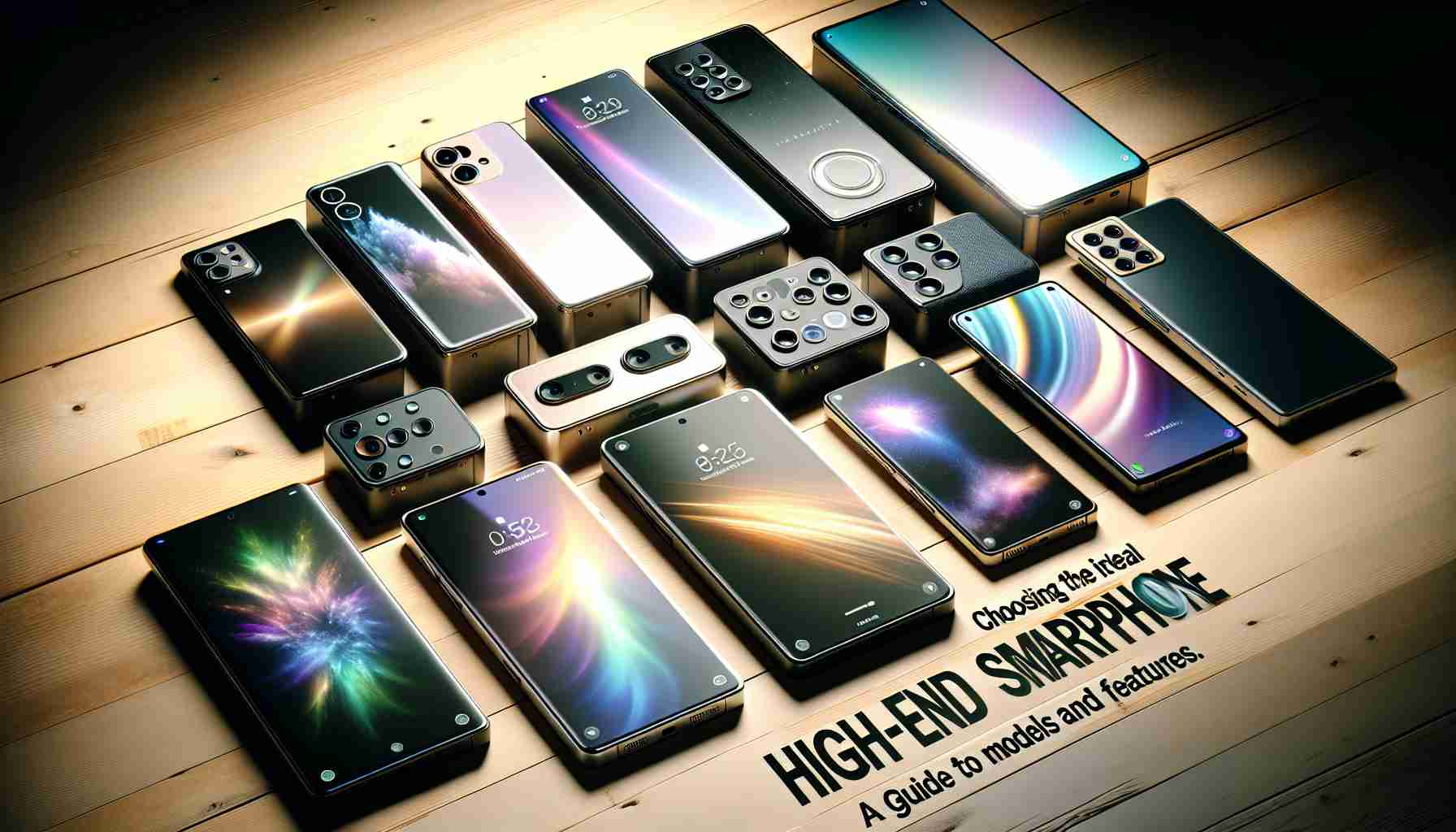In today’s interconnected world, selecting the right high-end smartphone is not simply about fashion—it’s an integral lifestyle decision that affects our daily activities. As the smartphone market continues to expand, it becomes crucial to understand the defining attributes of a flagship device and how it can cater to your specific needs for work, leisure, or both.
Understanding the Features of the Leading Smartphones
Flagship smartphones distinguish themselves with top-tier specifications aimed at delivering a superior user experience. For instance, the iPhone 14 with 512 GB storage is a prime example of a powerful blend of design and functionality. Its Super Retina XDR display ensures an immersive visual experience while the ample storage allows for a vast library of data with no concerns about space limitations. Its proficient camera system with the new Action Mode offers stable videos regardless of movement, and its safety features like Accident Detection provide added security.
In contrast, the Samsung Galaxy S23 Ultra 5G showcases an evolution in design with a quad-camera that captures stunningly detailed photographs. The Dynamic AMOLED 2X screen produces vibrant colors, and its Snapdragon 8 Gen 2 processor ensures smooth operation.
The competitive gaming arena welcomes the ASUS ROG Phone 6, a gaming-specific smartphone with a Snapdragon processor, a rapid refresh AMOLED screen, and a robust battery designed to withstand long gaming sessions.
When considering the Apple iPhone 15, users are captivated by its innovative Dynamic Island and a display that remains visible under direct sunlight. The A16 Bionic chip provides ultra-fast performance, ensuring seamless multitasking.
Finally, the newcomer Samsung Galaxy S24 is already creating buzz with its Dynamic AMOLED 2X display and flexible refresh rate.
Each of these high-end models offers unique advantages, such as high-resolution cameras, advanced chip performance, and interactive displays. However, the cost can be a deciding factor, as premium features come with premium price tags.
Evaluating the Pros and Cons
When evaluating these top smartphones, consider the balance between the cost and the suite of features. While each device offers exclusive qualities such as high storage capacity, enhanced display technology, and camera advancements, users must weigh these against the potential drawbacks, such as higher costs and design preferences.
In conclusion, when choosing a smartphone, it’s essential to look beyond the aesthetic appeal and consider the blend of features, performance, and price to ensure the device aligns with your lifestyle and needs. Whether for gaming, photography, or everyday use, there is a flagship smartphone designed to fulfill those requirements.
Key Questions Addressed:
1. What are the most important factors to consider when selecting a high-end smartphone?
Answer: Key factors to consider include device performance (CPU, GPU), display quality, storage capacity, camera capabilities, battery life, software features, durability, and brand ecosystem compatibility.
2. How do the top smartphones differentiate themselves from the competition?
Answer: Flagships typically feature the latest technology in processing power, exclusive software features, premium materials, brand-specific innovations (like the iPhone’s Dynamic Island or Samsung’s stylus integration), and often superior cameras.
3. What are the key challenges or controversies in choosing a high-end smartphone?
Answer: Users often face challenges such as deciding between Android and iOS ecosystems, justifying the high cost of flagship models, thoughts on environmental impact, concerns about privacy and security features, and navigating through marketing claims to find true user value.
Key Challenges and Controversies:
– Cost vs. Necessity: Many consumers question if they need all the advanced features offered by high-end smartphones or whether they can settle for mid-range devices that fulfill their essential needs at a lower cost.
– Brand Loyalty: Customers often remain loyal to a brand, which might limit their ability to choose a device that is truly the best fit for their needs.
– Ethical Concerns: The environmental impact of manufacturing, using, and disposing of high-end smartphones is a concern, as is the ethical sourcing of materials.
– Privacy and Security: With more sophisticated technology, there’s an increased risk for privacy invasions and security breaches.
Advantages and Disadvantages of High-End Smartphones:
– Advantages: Advanced camera systems, high-performance chipsets for smooth multitasking, cutting-edge display technologies, longer software support, and premium build quality.
– Disadvantages: High cost is the most significant disadvantage, along with potentially unnecessary features for average users, fast devaluation, and higher repair costs.
When evaluating these factors, ensure to include authoritative sources of information for further research. For tech reviews and comparisons, consider visiting sites like The Verge, CNET, or TechRadar. Remember that direct manufacturer websites can provide detailed specifications and feature explanations for their respective offerings, such as visiting Apple or Samsung.
Please note that the mentioned Samsung Galaxy S24 does not exist at the time of this knowledge cutoff, and it seems to be a forward-looking statement or error within the article—consider verifying against up-to-date sources.
The source of the article is from the blog enp.gr
